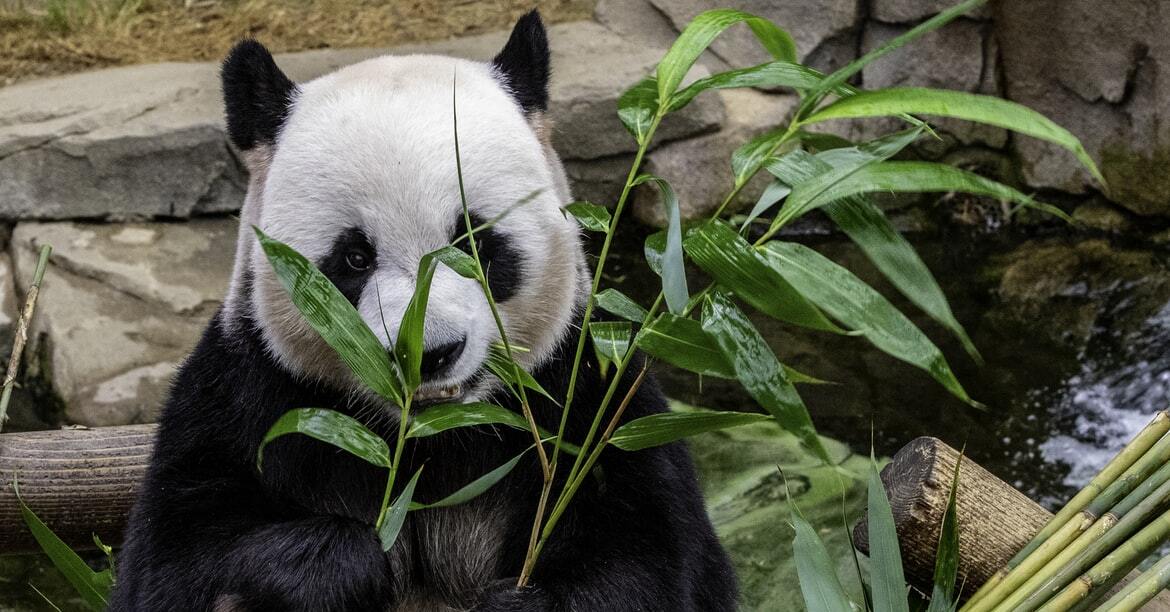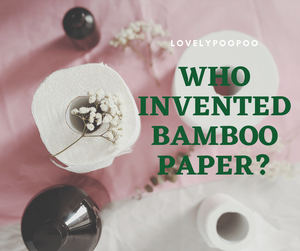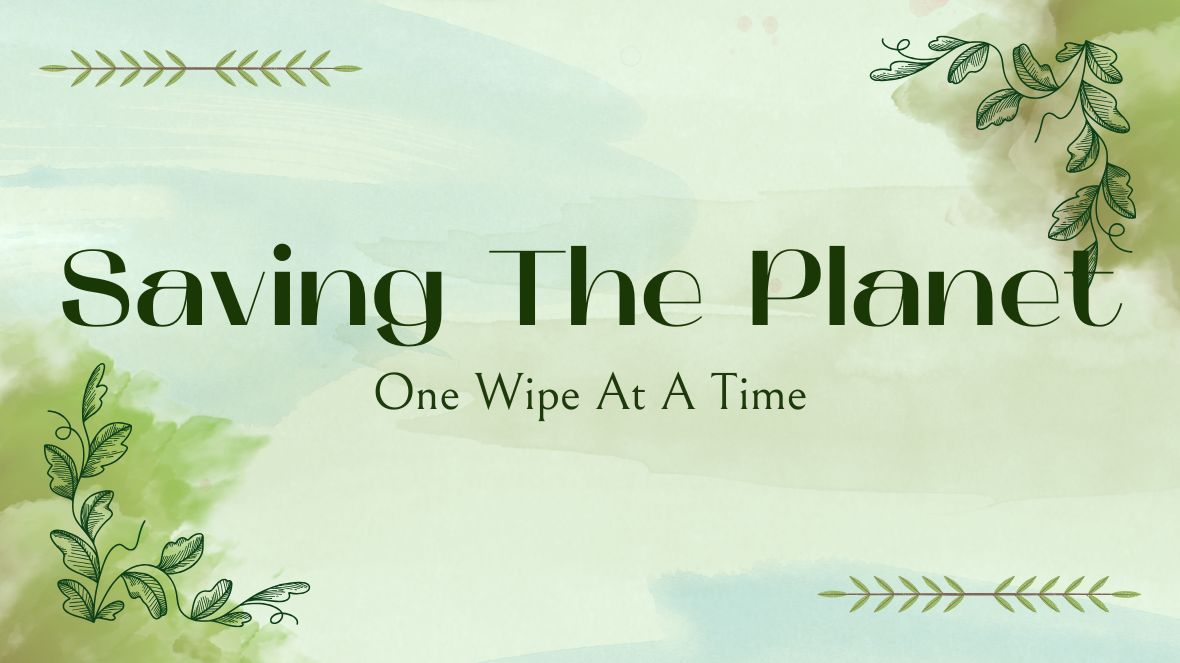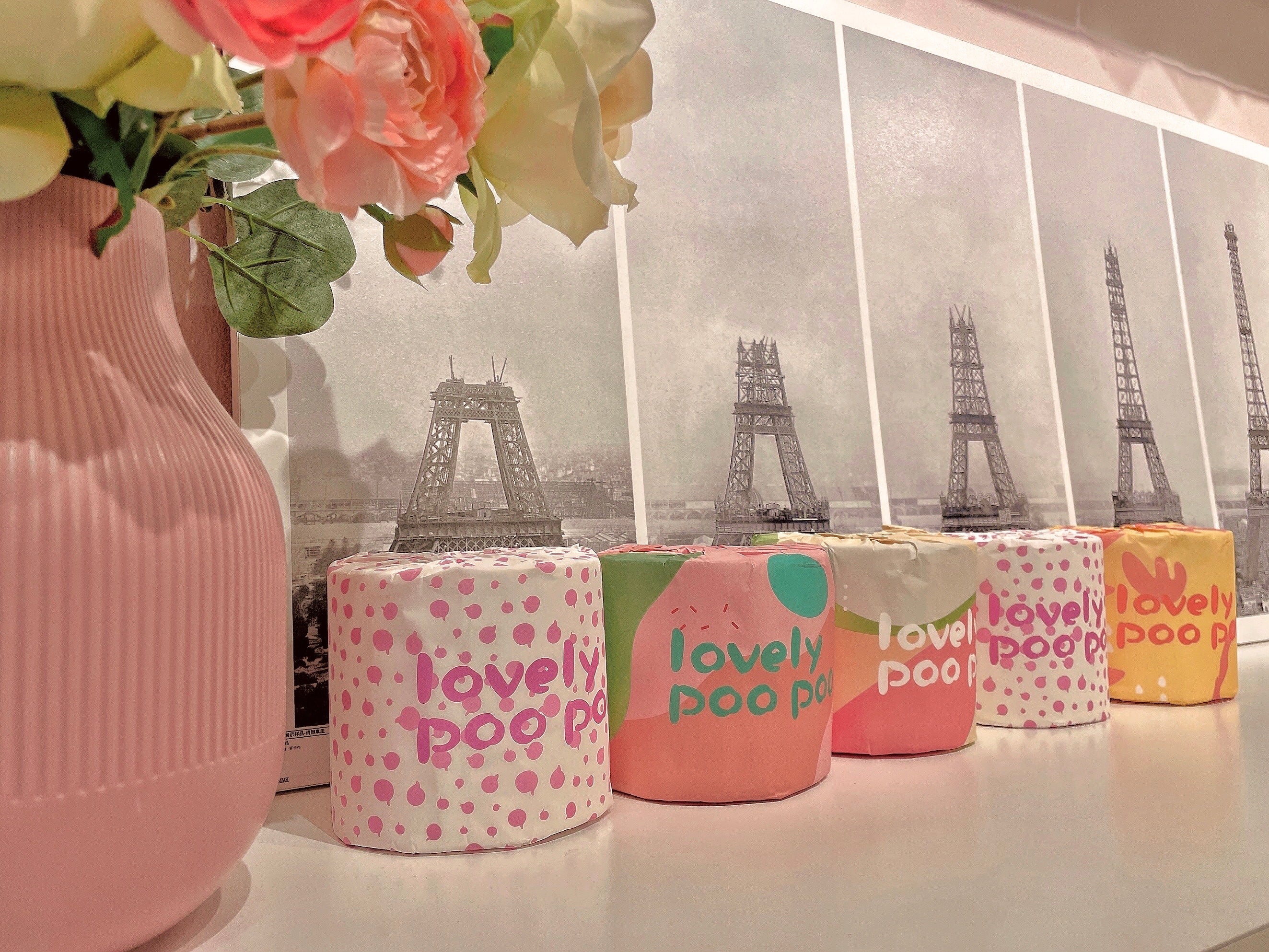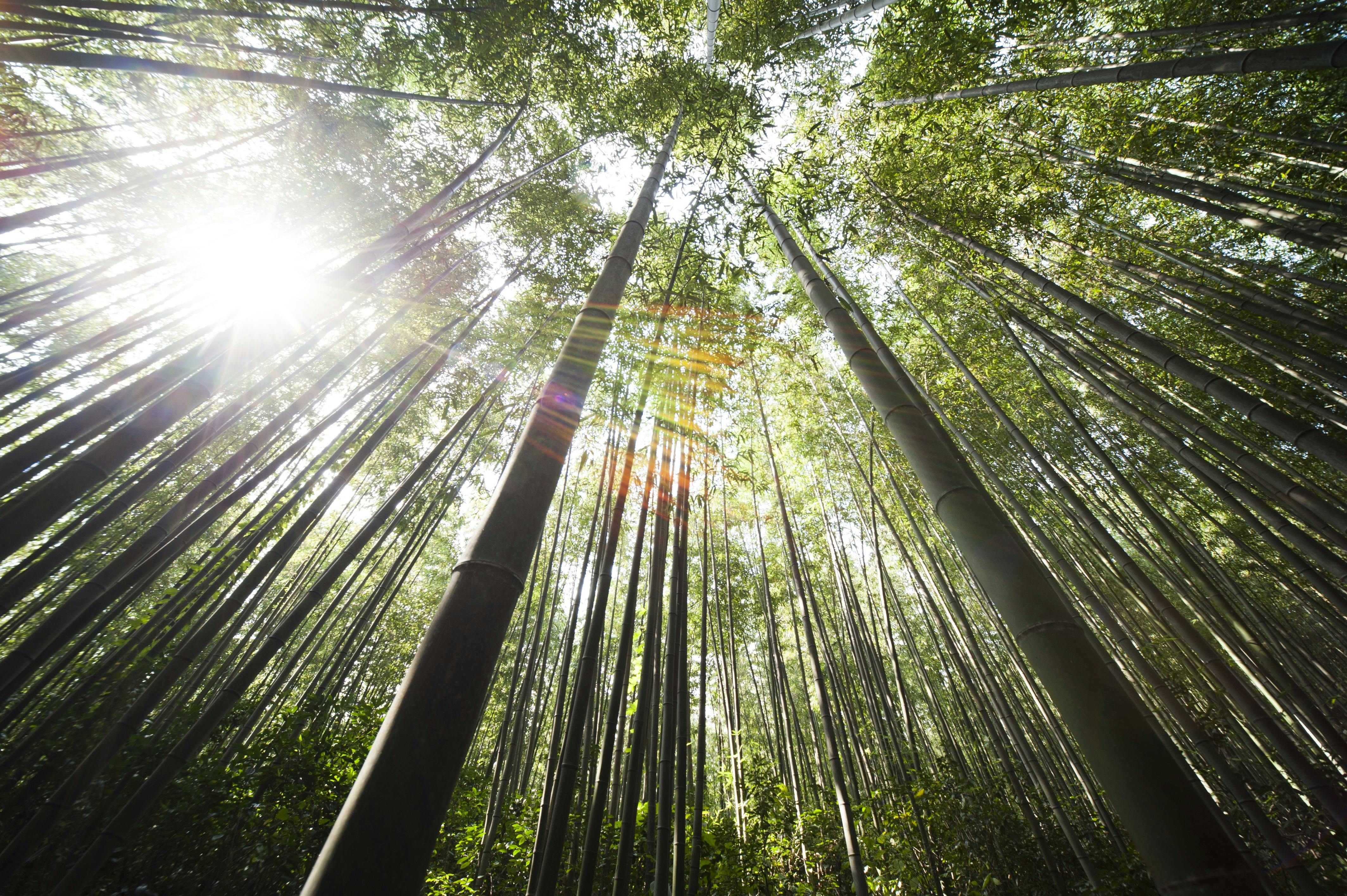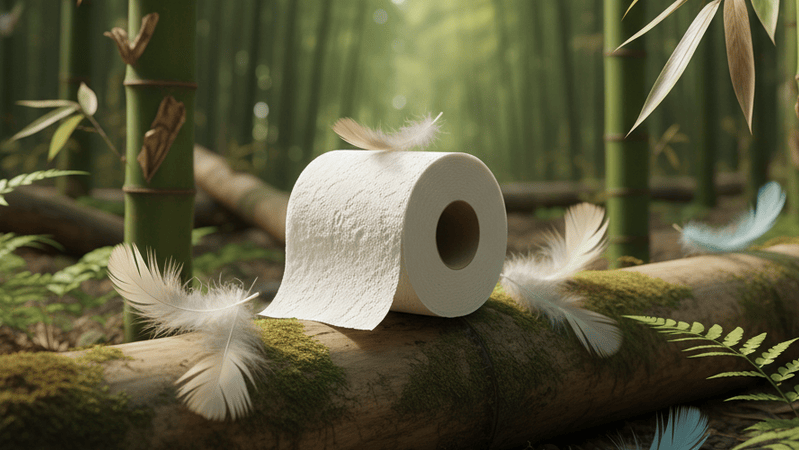- Pole of bamboo
- Sheath of bamboo
- Branch of bamboo
- Fruit of bamboo
Unlike ordinary trees, bamboo is a grass and a sustainable growing resource. Bamboo has a growth cycle of about three to four months, while a tree takes at least a few decades to grow. This article will describe bamboo in detail, and I believe that after reading it you will know why we use bamboo paper instead of wood paper.
Pole of bamboo
The pole is 5-10 meters high, the tip is slender and curved outwards or droops like a fishing line when it is young. The pole has a total of about 30 knots, and the pole wall is thin; the internodes are cylindrical, 15-30 long.
Diameter 3-6 cm thick, with small off-white or brown wart base bristles attached to the surface, about 2 mm long, after the hair falls off, it will leave small dents and small wart spots in the internodes; the rod ring is flat; the sheath ring significant; the inner length of the node is about 1 cm; sometimes there are adjoining silver-white downy loops on the upper and lower parts of the tube at the base of the pole, the ring width is 5-8 mm, and the loops of the tuber on the upper part of the pole do not have this down loop , or only slightly fluffy around the shoot buds.
Sheath of bamboo
Sheath is leathery, densely covered with white pubescent hairs and brown-black bristles on the back (but there is no bristles on the triangular area covered by the other side underneath the base side), the abdomen mask is shiny, but because of childhood Because the upper and lower culm sheaths are tightly bound to each other, the upper half of the ventral surface will also be stained with the bristles on the back of the upper sheath sheath (this system is pierced and broken).
The sheath is wide and concave, slightly in the shape of a "mountain". The ears are not.The tongue is fringe-like, together with the hairs about 1 cm high, and the base of the hairs is sparsely covered with small brown bristles; both sides of the blades are covered with small white bristles, with multiple veins, apex Taper, the base narrows inward and is slightly rounded, only half the width of the sheath or tongue of the sheath, with rough edges and inwardly rolled like a boat.

Branch of bamboo
Each rod has more than 20 branches, clustered in a semi-whirl shape, horizontally extending, the main branch is slightly conspicuous, and its lower internodes can be 10 cm long and 5 mm thick.
The last branchlets have several leaves or even many leaves; the sheath is 4-8 cm long, glabrous, longitudinally ribbed, and unsheathed. The tongue is truncated, brown-black, 1-1.5 mm high, and the upper edge is eroded and thin Leaves are narrow lanceolate, mostly 10-30 cm long, 1-3 cm wide, thin, apex tapering, base round or cuneate, upper surface is glabrous, lower surface is pilose, secondary veins 5 -10 pairs, small transverse veins are absent, leaf margins are usually rough; petioles are 2-3 mm long.
Flowering branches grow in bunches, often very soft. Curved and drooping, length 20-60 cm or longer, internode length 1.5-5.5 cm; false spikelets as long as 1.5 cm; small cobs are glabrous, thick and flat, and upper internode length is about 2 mm; 6 stamens, sometimes few with underdeveloped ones, filaments 4-7 mm long, anthers 4-6 mm long, apical bristles or hairs are not obvious.
Fruit of bamboo
The fruit is fusiform, 7.5 mm long, with puberulent upper end, wide and shallow ventral groove, thin fruit cortex, yellow-brown, easy to separate from the seeds and into a sac-like fruit. The shoot period is from June to September or from December to March of the following year, and the flowering period is mostly from July to September, but it can last for several months.

